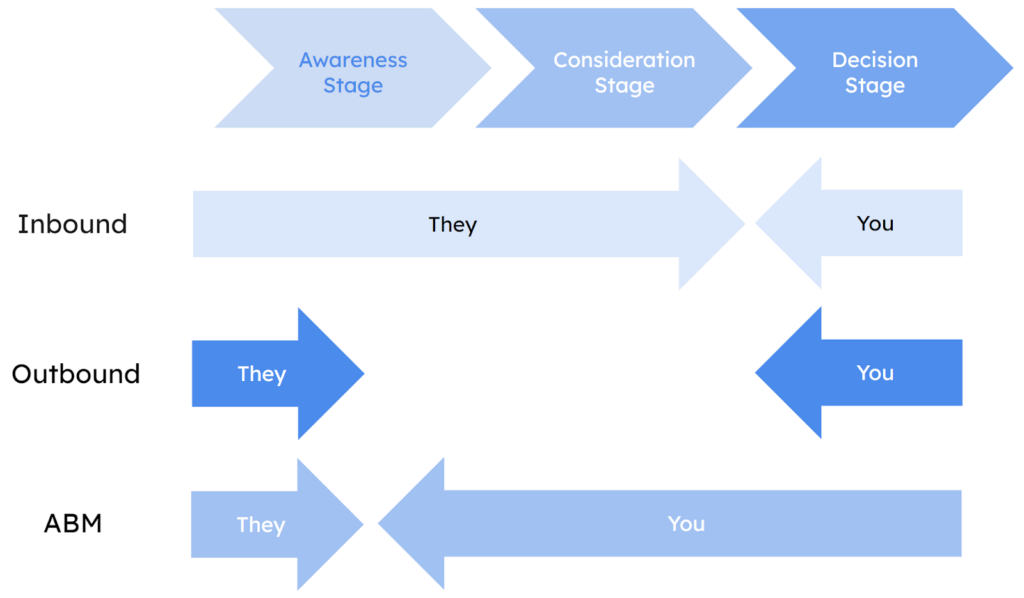
Let’s imagine the situation. You came up with a brilliant idea, you think it will make a revolution in the tech world and now you want to bring it to life. But the truth is even when you think that your product is condemned to success, it might not attract the audience. Product-market fit can reduce the chance of failure.
What Is Product-Market Fit?
The product-market fit definition speaks to the idea that a company has delivered an excellent quality product in line with what consumers want. In this case, it indicates when customers are purchasing and using your products which leads them into recommending others as well; thus forming sustainable growth for both parties involved.

Product-market fit is a process that should happen early on in the life cycle of your product. It’s all about finding out whether there are enough people who would want what you’re selling and when they might be able to buy it, as this will determine if your idea has any chance at success or not before wasting time with development.
4 Essential Steps to Find Product-Market Fit
The question of how to find product-market fit is somewhat similar to the “the chicken and the egg” dilemma. On the one hand, it makes no sense to launch a product if you’re not sure there’s market demand for it and enough people who’ll be interested in buying it. On the other hand, you won’t know for sure whether you have product-market fit or not if you don’t launch the product.
So, where do you start?

Step 1. Discover Your Target Audience and Their Needs
Research is the key to success here. Before jumping on to molding the product details, it is crucial to understand who the buyers are and what their needs are. If you manage to figure out their pain points and what they expect from the product, this will give a solid foundation for basing the product.
Step 2. Learn More About the Market
You have to know the market state. Your product can be really awesome, have the best design and you can use it for yourself but you need to make sure that there is a demand for it. Is there room for your product, or are there many competitors? If the market is already full of similar solutions, your product should provide its customers with additional value by providing unique features or an emotional component.
Step 3. Work on Your Minimum Viable Product
Now when you define an initial vision of the pilot version of your product, start working on the MVP. Prioritize features and leave only those that will solve the user’s pain points. Show your MVP to the world when it’s ready and start collecting feedback. Based on the findings, consider how to amend the product and make further conclusions. This will help you on the way to determine product-market fit further on.
Step 4. Analyze the Product After Its Launch
Continue testing your MVP and molding further on. It is the beta version of your product you show to real buyers. Collect feedback, monitor user behavior, and analyze findings after actual users give it their first run-then prioritize changes or features that need work in order for you to succeed.
Finding Product-Market Fit: Pre-PMF Tips
Described steps may seem quite frustrating, especially for an early-stage startup. What if you have a limited budget and aren’t sure your product idea is worth it in the first place? You can still test the water by doing something preliminary called “Product-market fit determination.”
A lot of people feel overwhelmed when they hear about startups because there’s so much that needs to be done. What should we do at this point, though? There are other ways for you to get started.
One way to test product-market fit is by engaging with your potential customers through social media. You can start an Instagram page and send direct messages or surveys, but these methods may not provide enough information for firm conclusions about the success of marketing strategies.
You can also run paid ads on Facebook or other social media that are relevant to your audience. If people click the ad, then this might be a sign they’re interested in what you offer and want more information about it. However, keep in mind there’s no guarantee how many of these clicks come from mistakes while some may actually fall under curiosity categories too-so just because someone visits one page doesn’t necessarily mean they will purchase anything else off our site. But, again, one tactic may not be enough to determine what is product-market fit for you.
Final Thoughts on How to Get Product-Market Fit
We all know that finding product-market fit is incredibly difficult. This difficulty means it’s not always clear whether a startup will succeed in building its business or fail before they even get off the ground. It can be tempting to focus only on attracting investment but if you don’t have an idea of what people want then your company won’t thrive long-term anyway. So make sure this comes first by doing research into customer needs, studying the market, building an MVP, and analyzing the results before anything else.
You can’t really know if your solution achieved product-market fit until you start analyzing data like conversions, retention, etc. This may be more expensive or time-consuming than just launching but it’s worth doing in order to make sure that there are no major flaws before going ahead with production. The alternatives for finding out if your idea has mass market appeal is running surveys and using ads. This could be quicker than waiting to see if there’s demand with the pre-product market fit, but it might not bring you an answer about what needs to be improved or added in order to make the product more appealing; so this is another tradeoff that should arise early on when exploring different ideas — you need both quick feedback as well as thorough research before committing too much time/money onto any one course of action.
The post How to Find Product Market Fit appeared first on noupe.






